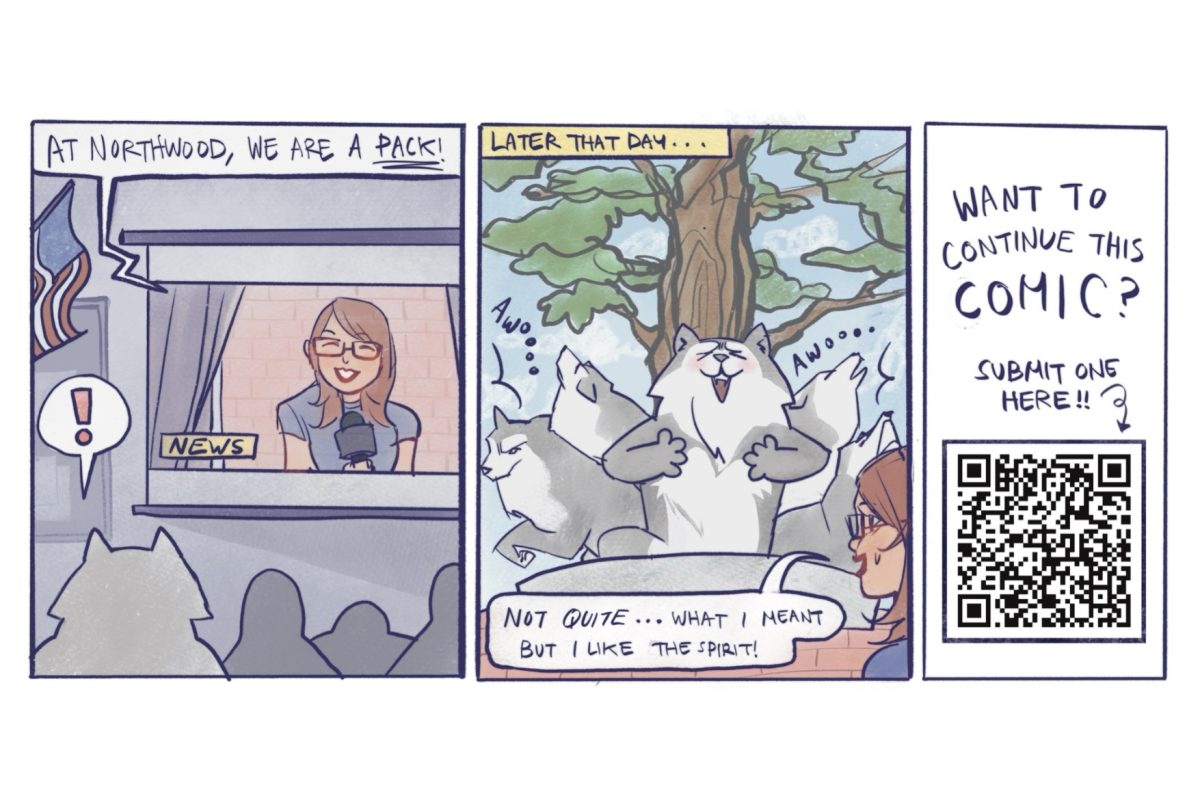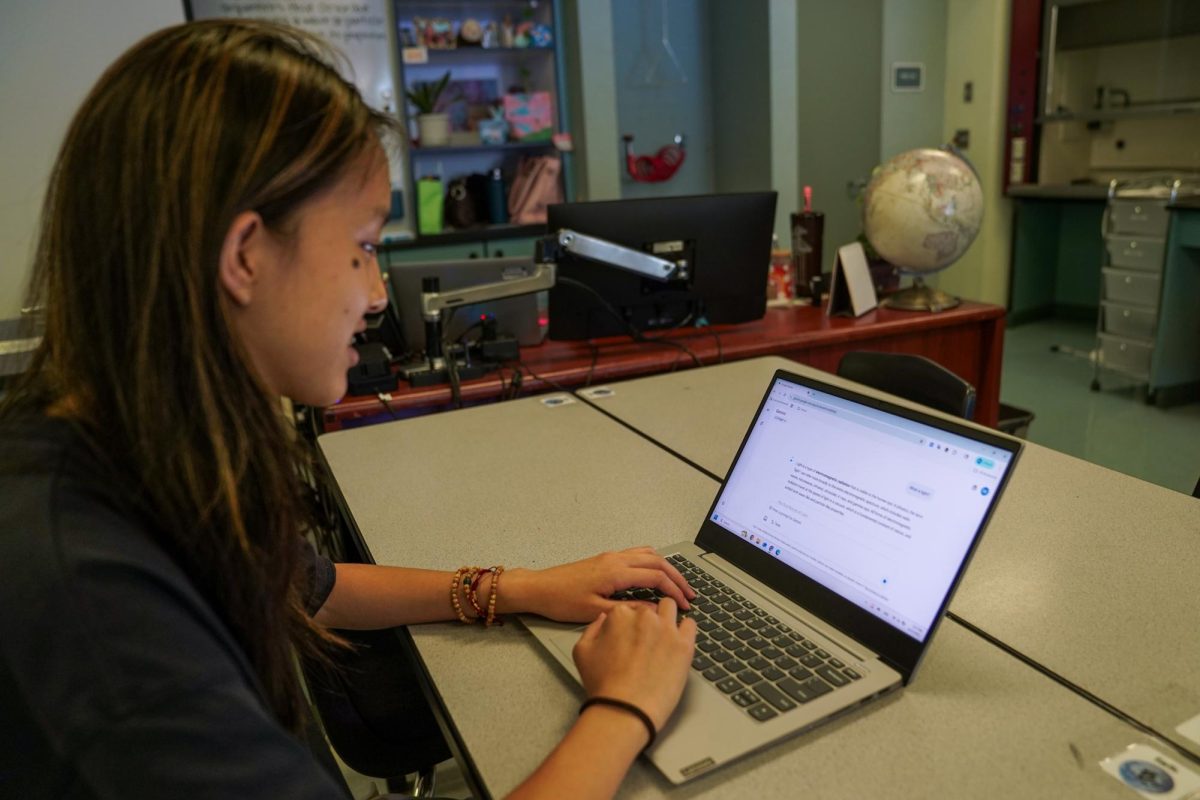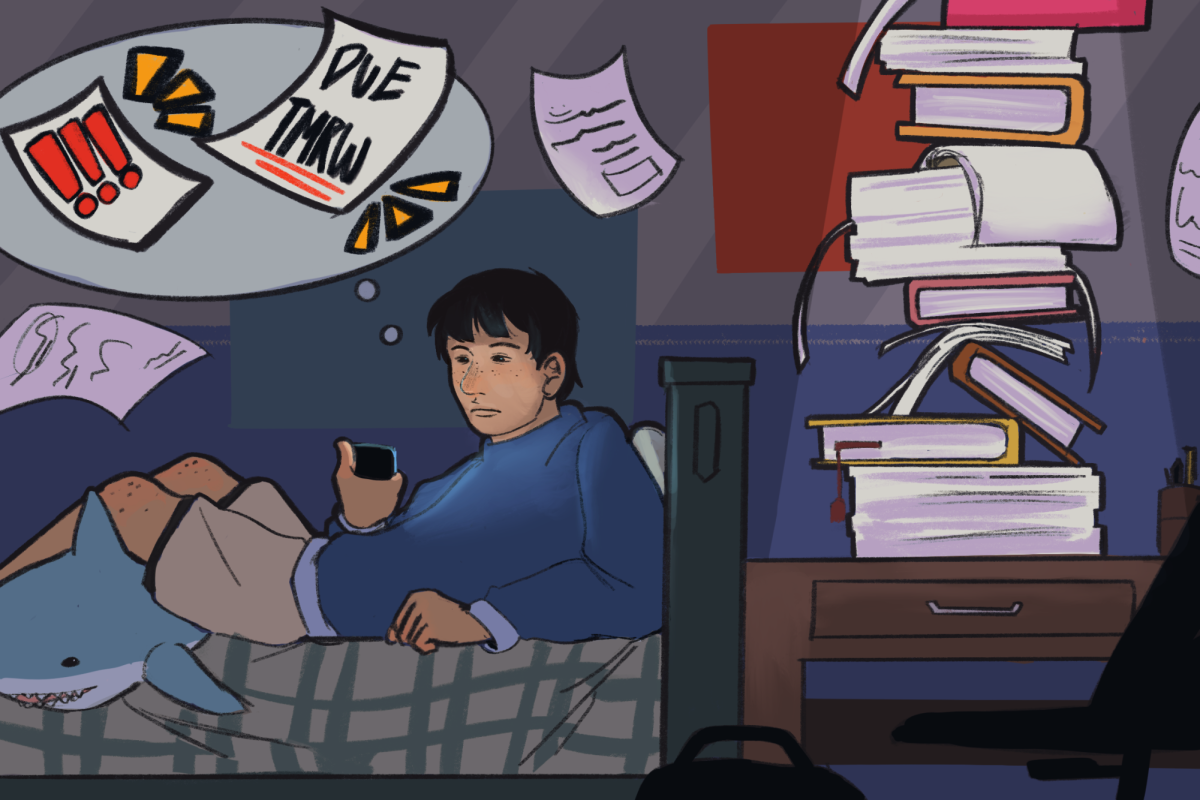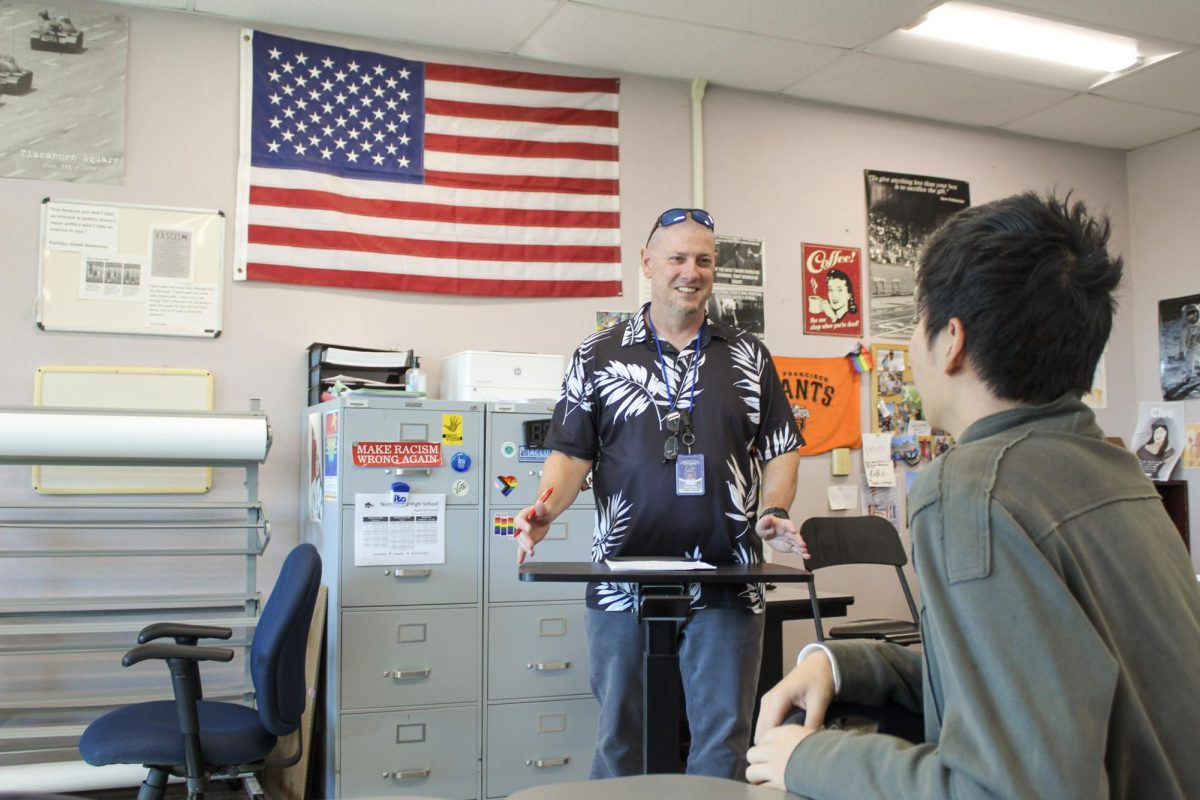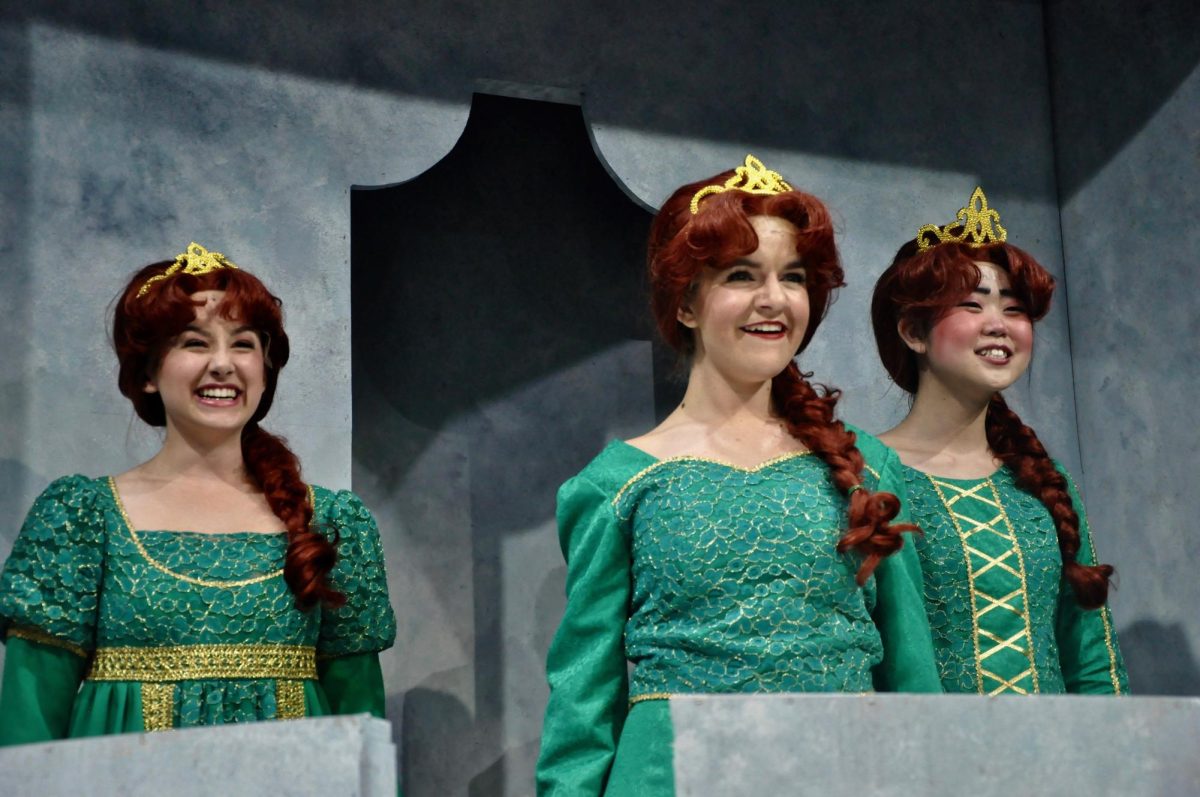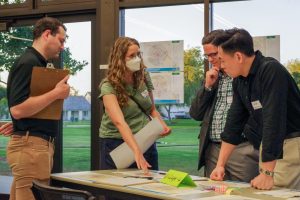Successful Cloning of Endangered Ferrets
Elizabeth Ann, the first successfully cloned ferret, at three weeks old.
March 16, 2021
A black-footed ferret, an endangered U.S. species, was successfully cloned by scientists using the cells of a deceased ancestor for the first time on Feb. 18.
With less than 500 black-footed ferrets left in the wild, the scientific community has been searching for a solution to protect the species from extinction. Elizabeth Ann, the newly cloned black-footed ferret, was created from Willa, a wild black-footed ferret which died 30 years ago and whose genes were preserved by San Diego Zoo Global’s Frozen Zoo in 1988.
“With these cloning techniques, you can basically freeze time and regenerate those cells,” Pete Gober, the black-footed ferret recovery coordinator for the U.S. Fish and Wildlife Service, said. “We’re far from it now as far as tinkering with the genome to confer any genetic resistance, but that’s a possibility in the future.
The endangered status of black-footed ferrets is the consequence of insufficient food sources and habitat loss. In the early 20th century, five million ferrets roamed the grasslands and basins of the United States, mainly preying on prairie dogs. However, due to agricultural activities and sylvatic plague, more than 95% of the prairie dog population has since been wiped out. Surviving colonies remain scattered and few, so without a reliable food source, black-footed ferrets were listed as extinct in 1979 until a random wild colony was found and captured to help recover the population two years later.
Although the recovery program successfully bred seven of the ferret colony, all living ferrets today are closely related due to the significant inbreeding. The limitations on genetic diversity can create challenges for ferrets including weaker immune systems. The cloned ferret can provide more diversity to the population as Ann’s genes are not from one of the original seven founding ferrets.
“Genomics revealed the genetic value that Willa could bring to her species,” Revive & Restore Executive Director Ryan Phelan said. “But it was a commitment to seeing this species survive that has led to the successful birth of Elizabeth Ann. To see her now thriving ushers in a new era for her species and for conservation-dependent species everywhere. She is a win for biodiversity and for genetic rescue.”


